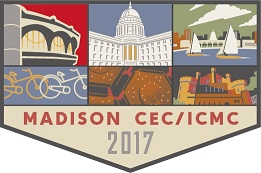Speaker
Description
The technical capabilities of cryogenic sensors and their scope of application continue to grow. In the Quantum Sensors Group at NIST, we are developing both transition-edge sensors (TESs) and microwave kinetic inductance detectors (MKIDs) for a broad range of applications including x-ray materials analysis, nuclear security, terrestrial imaging, and astrophysics. We describe a subset of recent developments including (1) the recent dissemination of cryogenic x-ray spectrometers to both small laboratories and large light source facilities, (2) the successful fabrication and dissemination of MKID arrays containing several thousand pixels for submillimeter astrophysics, and (3) the emergence of powerful microwave readout techniques for both TES and MKID devices. The dissemination of sensors that operate at sub-Kelvin or few-Kelvin temperatures depends on and also motivates the development of suitable cryogenics. While commercial cryogenic technology is often sufficient, NIST has also conducted several recent projects to develop refrigerators optimized for sensors. These projects include the development of two generations of adiabatic demagnetization refrigerators, chip-scale refrigerators based on quantum tunneling, and an ultracompact cryorefrigerator to achieve temperatures slightly below 2 K. The latter unit is based on a custom-designed three-stage pulse tube and a Joule-Thomson cooling loop. We briefly describe these cryorefrigerator projects, particularly the 2 K cooler and its application to the refrigeration of nanowire sensors.
